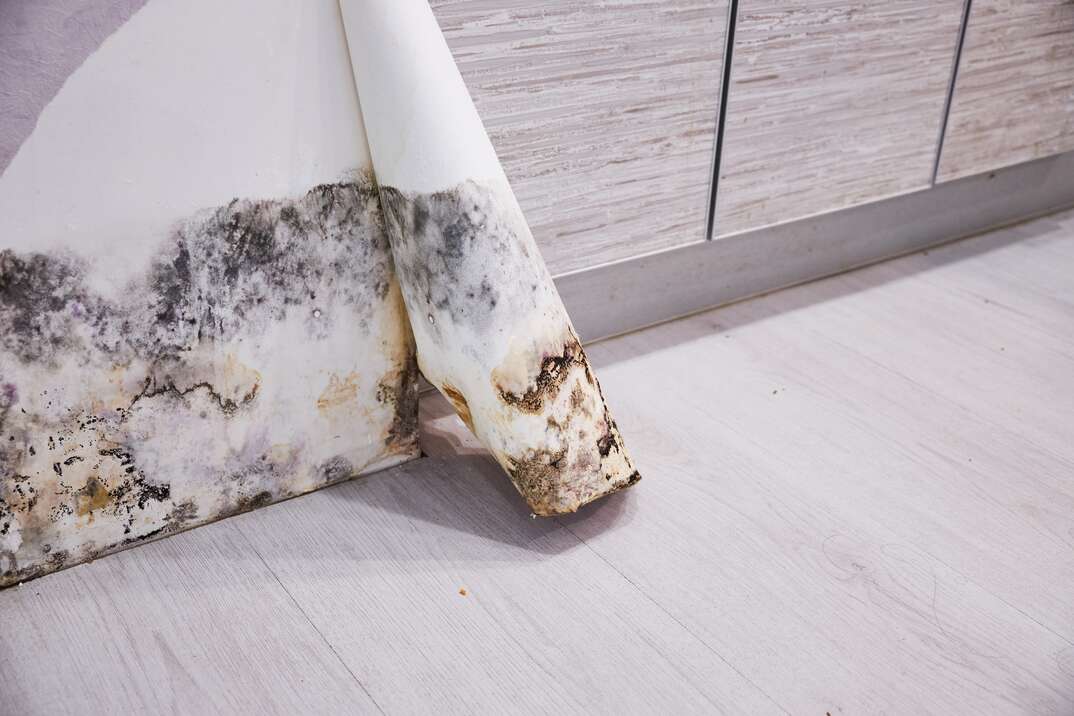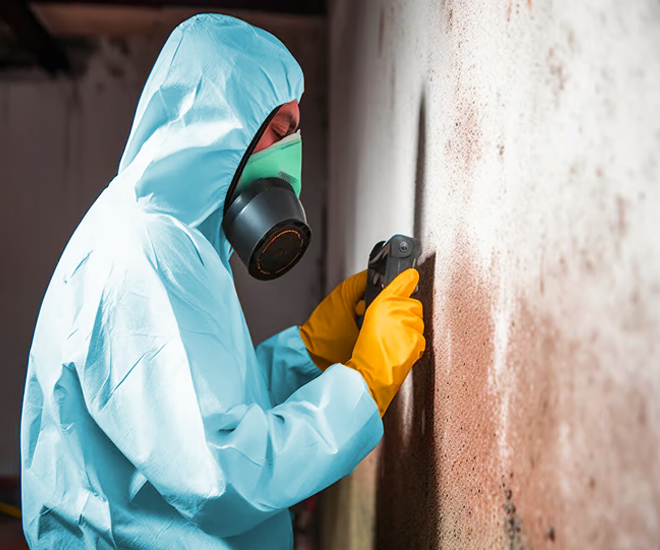Testing Air Quality After Mold Remediation
Wiki Article
Trick Tips for Successful Message Mold Removal
Resolving mold and mildew problems in a timely and effective fashion is vital for preserving a healthy indoor setting. Efficiently finishing mold remediation is a complex procedure that needs interest to detail and adherence to details methods. From checking treated areas to applying moisture control measures, each action plays an important function in ensuring the efficiency of the remediation process. There are vital post-remediation steps that are just as important however usually ignored. These actions not only verify the success of the remediation efforts yet also add to avoiding future mold and mildew growth.Evaluation of Treated Locations
Upon conclusion of the mold remediation procedure, an extensive examination of the treated locations is essential to make sure the effectiveness of the remediation initiatives. This examination functions as an essential step in the post-remediation phase to confirm that the mold removal and clean-up treatments were successful in getting rid of the mold and mildew problem and restoring a risk-free interior setting. The inspection ought to be carried out by certified specialists who have the know-how to assess the remediated areas thoroughly.Throughout the examination, various elements are examined to figure out the success of the removal procedure. These include visual assessments to check for any signs of mold growth or water damages, dampness degrees to confirm that the location is completely dry and cost-free of excess moisture that might advertise mold re-growth, and air high quality testing to guarantee that the indoor air is safe to breathe. In addition, the examination might include using specialized tools such as dampness meters and thermal imaging electronic cameras to identify surprise mold and mildew or wetness pockets that could lead to future mold and mildew issues if left unattended. Overall, a comprehensive inspection of the dealt with areas is important to confirm the efficiency of the mold removal initiatives and offer tranquility of mind to the passengers of the property.

Dampness Control Measures
Effective moisture control measures are crucial for protecting against mold and mildew development and preserving a healthy interior atmosphere. Furthermore, using dehumidifiers in wet locations can help reduce moisture levels, making it harder for mold to grow.Consistently checking and preserving the structure's outside can also protect against wetness intrusion. testing air quality after mold remediation. Making sure that gutters are clear, downspouts straight water away from the structure, and the roof remains in good problem can help protect against water from leaking right into the building. Properly sealing home windows and doors can additionally assist maintain wetness out
In instances where water damage takes place, prompt activity is essential. Any type of leakages or spills should be cleansed and dried out within 24-48 hours to avoid mold development. Using wetness meters can aid discover surprise sources of water and make certain comprehensive drying out. By implementing these moisture control procedures, the threat of mold and mildew persisting can be substantially reduced, creating a healthier indoor setting.
Appropriate Air Flow Evaluation
An important aspect of ensuring a healthy and balanced indoor setting article mold removal is conducting a detailed evaluation of the ventilation system. Appropriate ventilation evaluation plays an have a peek at this website essential duty in avoiding future mold and mildew growth and keeping air quality within the damaged space.Additionally, assessing the ventilation system consists of analyzing the circulation of air throughout the area to determine any areas of inadequate flow where dampness and contaminants might accumulate. Appropriate air flow not only assists in regulating humidity degrees yet also help in removing airborne mold and mildew spores and various other pollutants, consequently boosting overall indoor air high quality. By addressing any ventilation concerns post mold remediation, residential or commercial property owners can produce a much healthier and more comfortable atmosphere for passengers while lowering the risk of mold re-infestation.
Cleaning and Disinfection Protocols
To ensure comprehensive mold and mildew remediation, precise adherence to specific cleansing and sanitation protocols is important. Cleaning and sanitation procedures play an important role in the post-mold removal phase to prevent the reappearance of mold and mildew growth and make certain a risk-free and healthy setting.Furthermore, implementing preventive procedures such as using mold inhibitors and preserving correct ventilation can assist lessen the threat of future mold and mildew infestations. By complying with rigorous cleansing and sanitation protocols, residential property proprietors can ensure the successful removal of mold and produce a healthy and balanced interior setting for occupants.
Monitoring and Maintenance Plan
Carrying out a normal surveillance and upkeep strategy is crucial for ensuring the long-term efficiency of mold remediation efforts. Once mold remediation is completed, it is important to establish a tracking routine to assess the success of the remediation process. This involves frequently examining the previously impacted locations for any kind of indicators of mold and mildew reappearance or water damages. By conducting regular checks, any kind of brand-new hop over to these guys mold growth can be promptly identified and resolved, protecting against a reoccurrence of the initial trouble.In addition, establishing a maintenance plan is crucial see it here to stop future mold issues. This strategy may consist of actions such as fixing pipes leaks, boosting ventilation, and regulating indoor moisture levels. Normal maintenance not just helps in protecting against mold yet also adds to maintaining a healthy and balanced indoor atmosphere. It is advisable to record all surveillance and maintenance tasks to track progress and make certain consistency in the maintenance of the remediated locations. By executing a thorough monitoring and upkeep strategy, the risk of mold re-emergence can be significantly decreased, advertising a clean and risk-free living or working atmosphere.
Verdict
To conclude, effective article mold remediation involves comprehensive inspection of dealt with locations, application of moisture control measures, analysis of correct ventilation, adherence to cleaning and sanitation methods, and establishment of a monitoring and upkeep strategy. These essential actions are important to make sure that mold growth is efficiently eliminated and protected against from repeating in the future. By adhering to these guidelines, residential or commercial property proprietors can preserve a safe and healthy and balanced setting for residents.Upon conclusion of the mold removal process, a comprehensive inspection of the treated locations is necessary to guarantee the performance of the remediation initiatives. These include aesthetic assessments to inspect for any indications of mold and mildew growth or water damages, moisture degrees to confirm that the area is completely dry and totally free of excess moisture that can promote mold and mildew re-growth, and air high quality screening to ensure that the indoor air is secure to breathe. Furthermore, the examination may include making use of specialized tools such as wetness meters and thermal imaging cameras to find surprise mold or wetness pockets that can lead to future mold problems if left untreated. By resolving any ventilation concerns post mold remediation, building owners can produce a healthier and a lot more comfy environment for occupants while decreasing the danger of mold and mildew re-infestation.

Report this wiki page